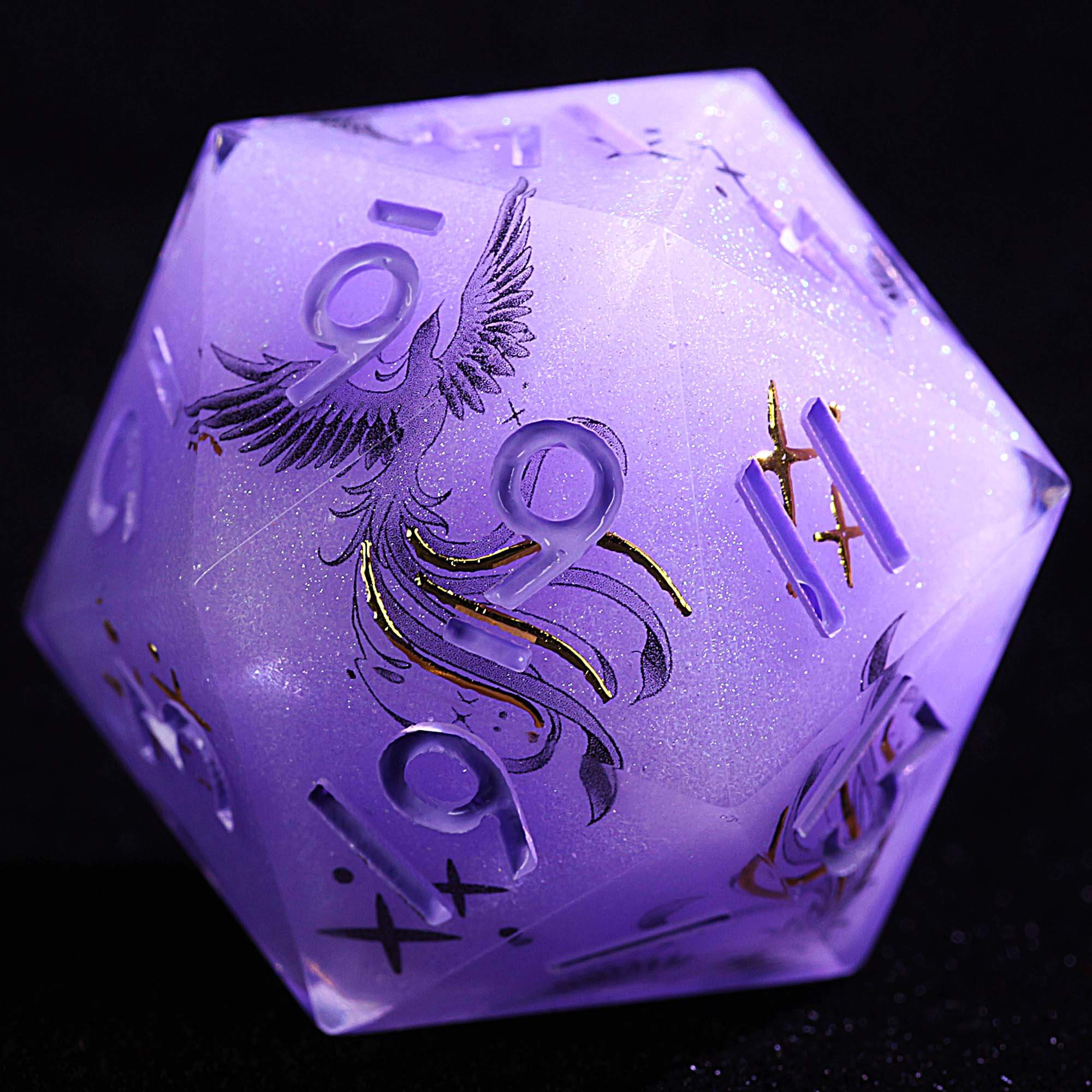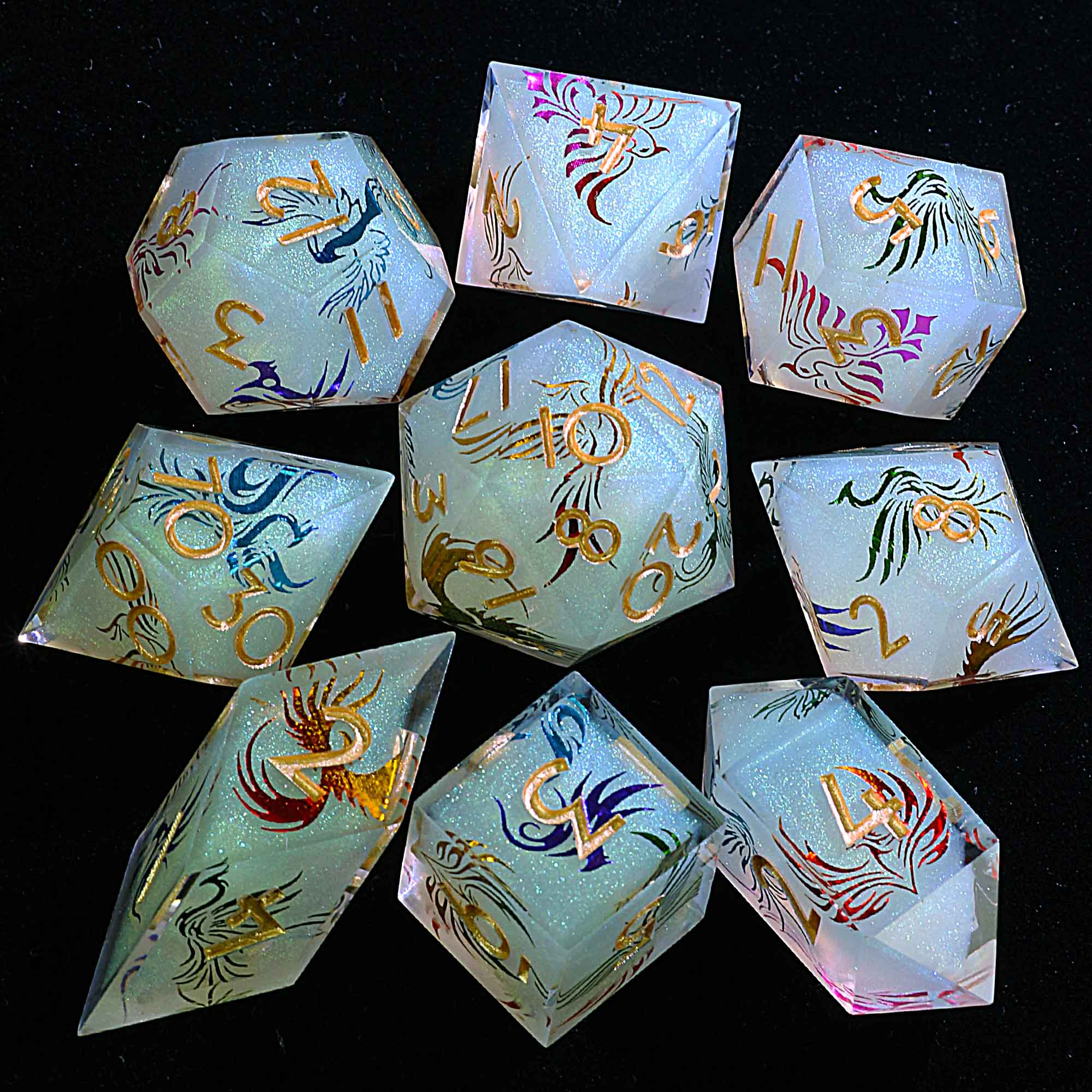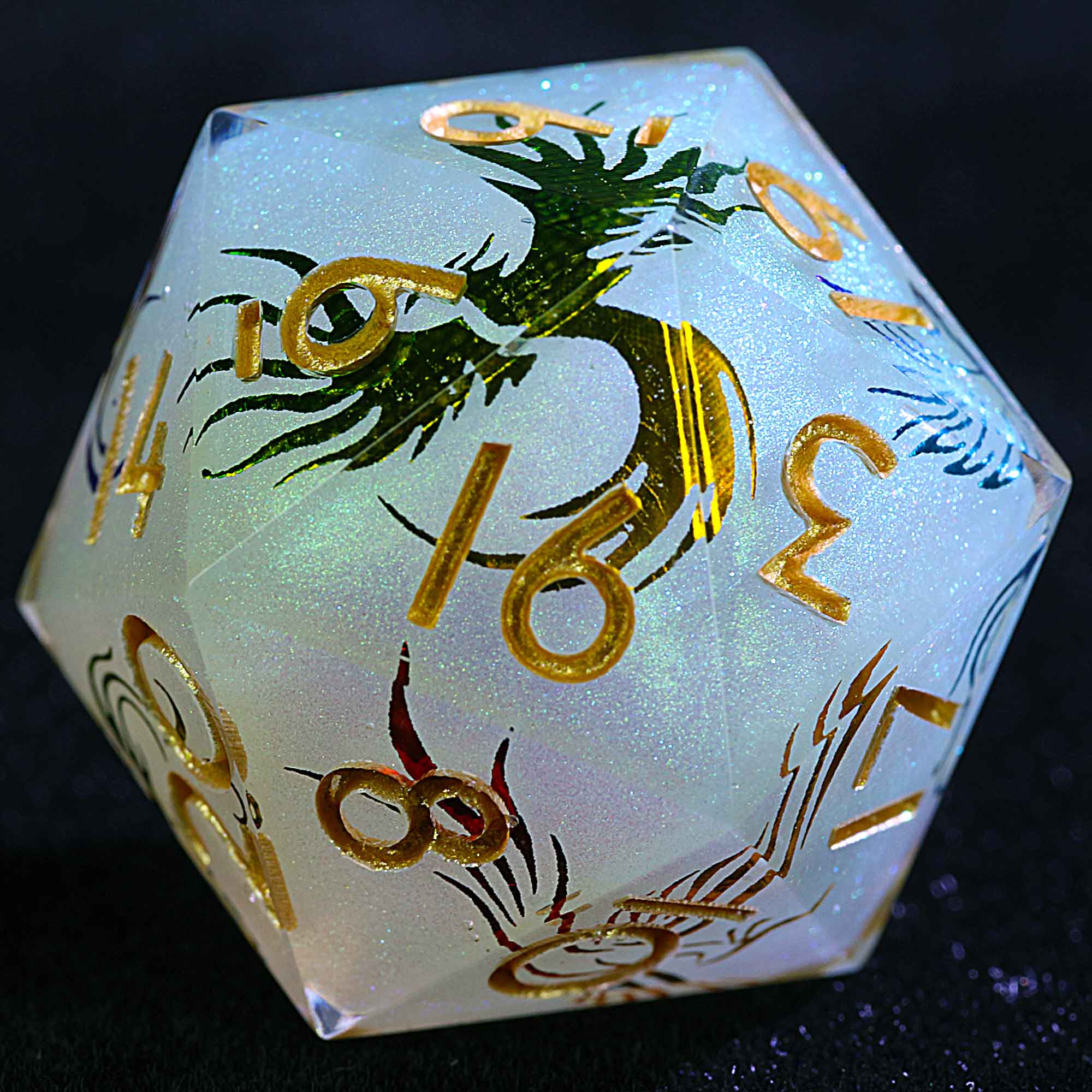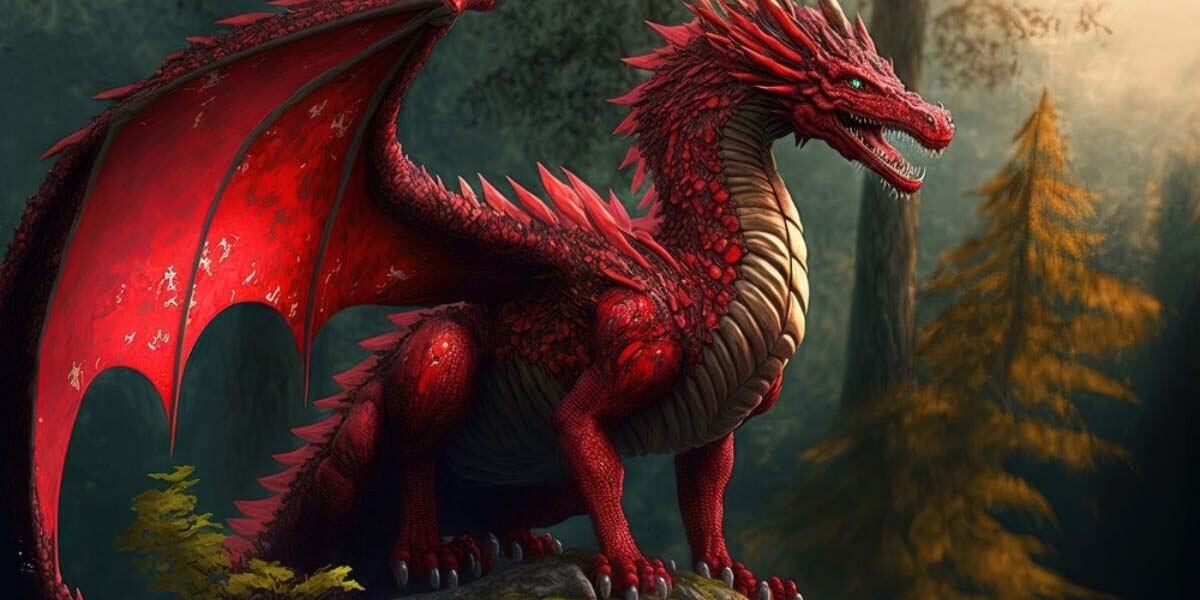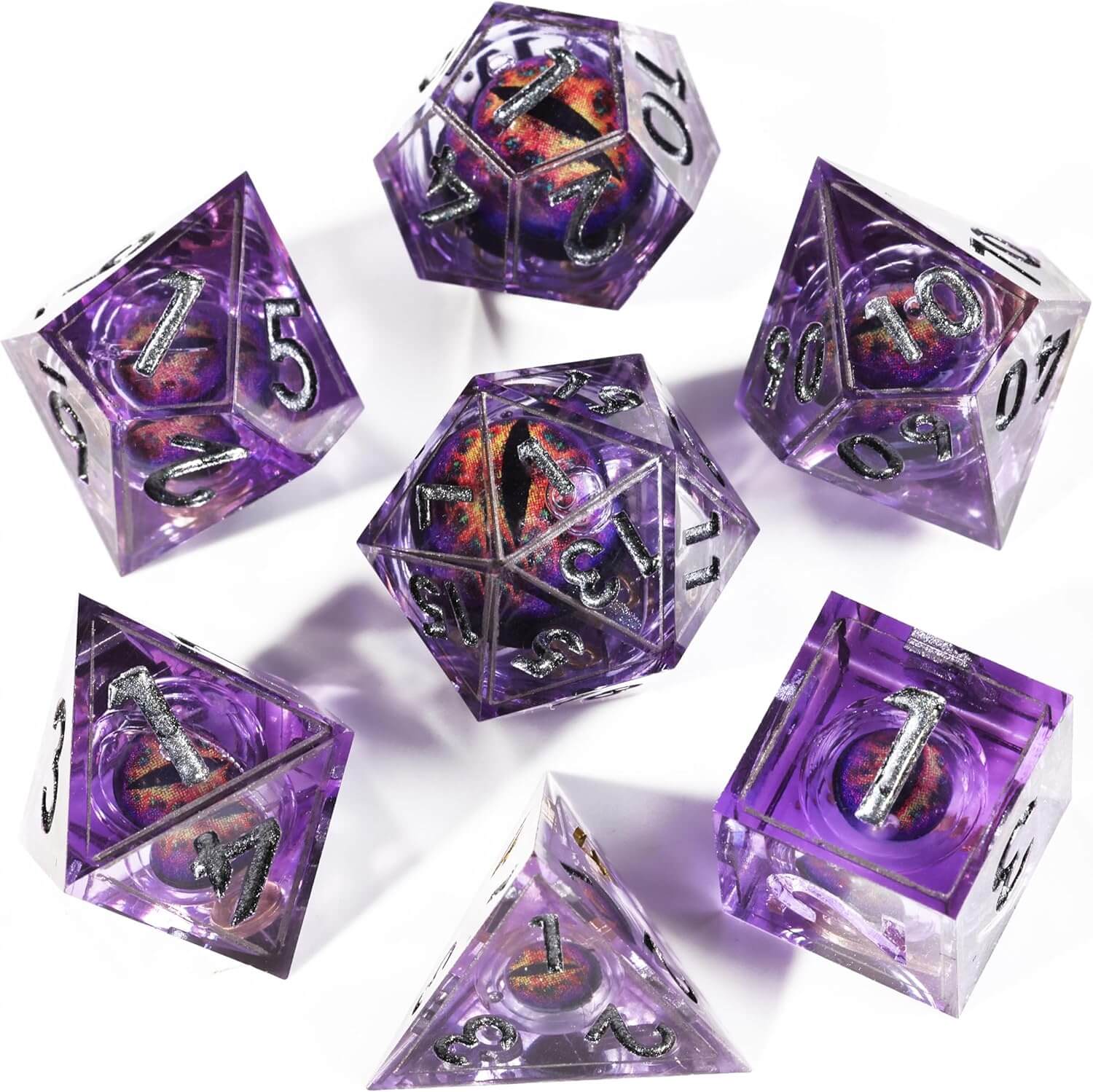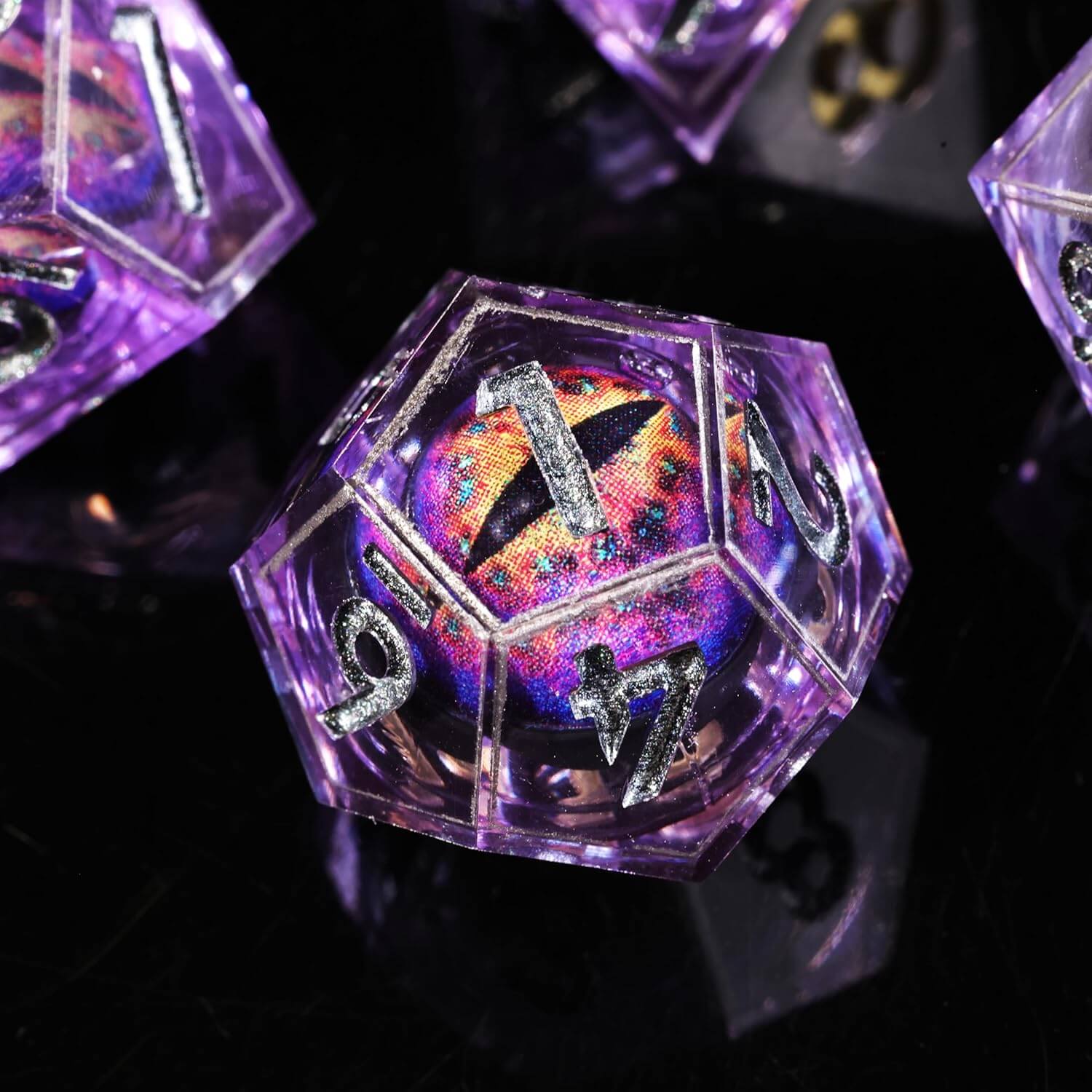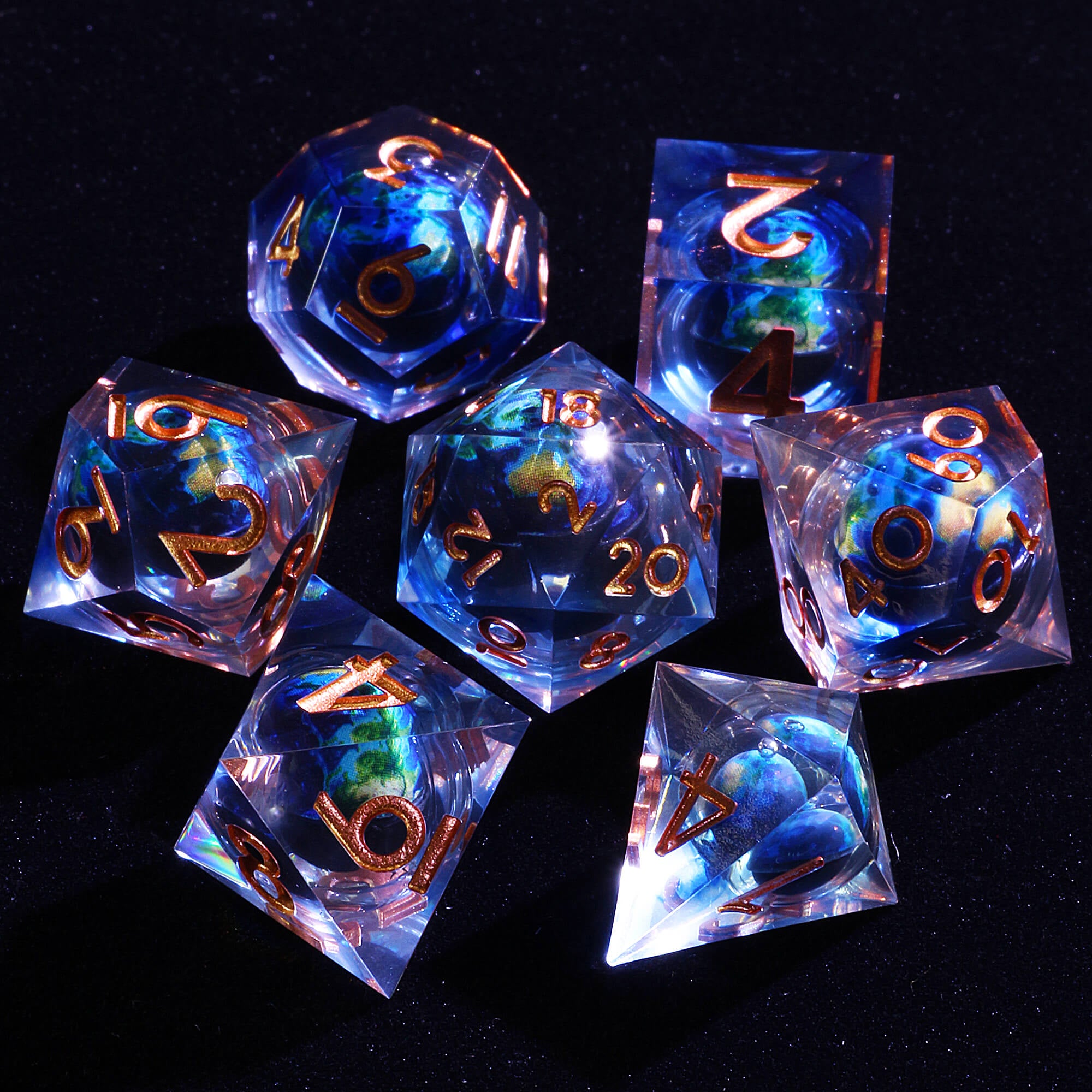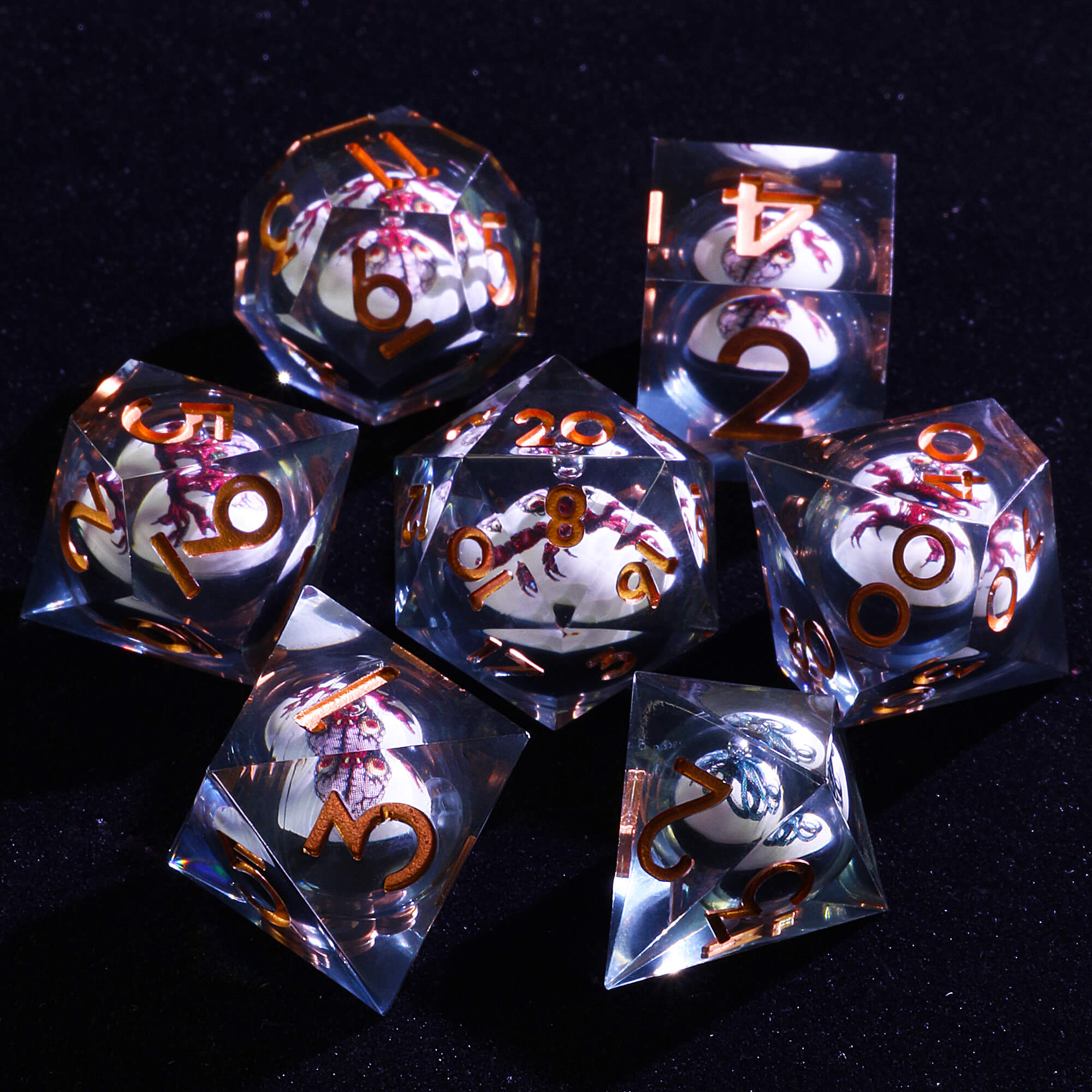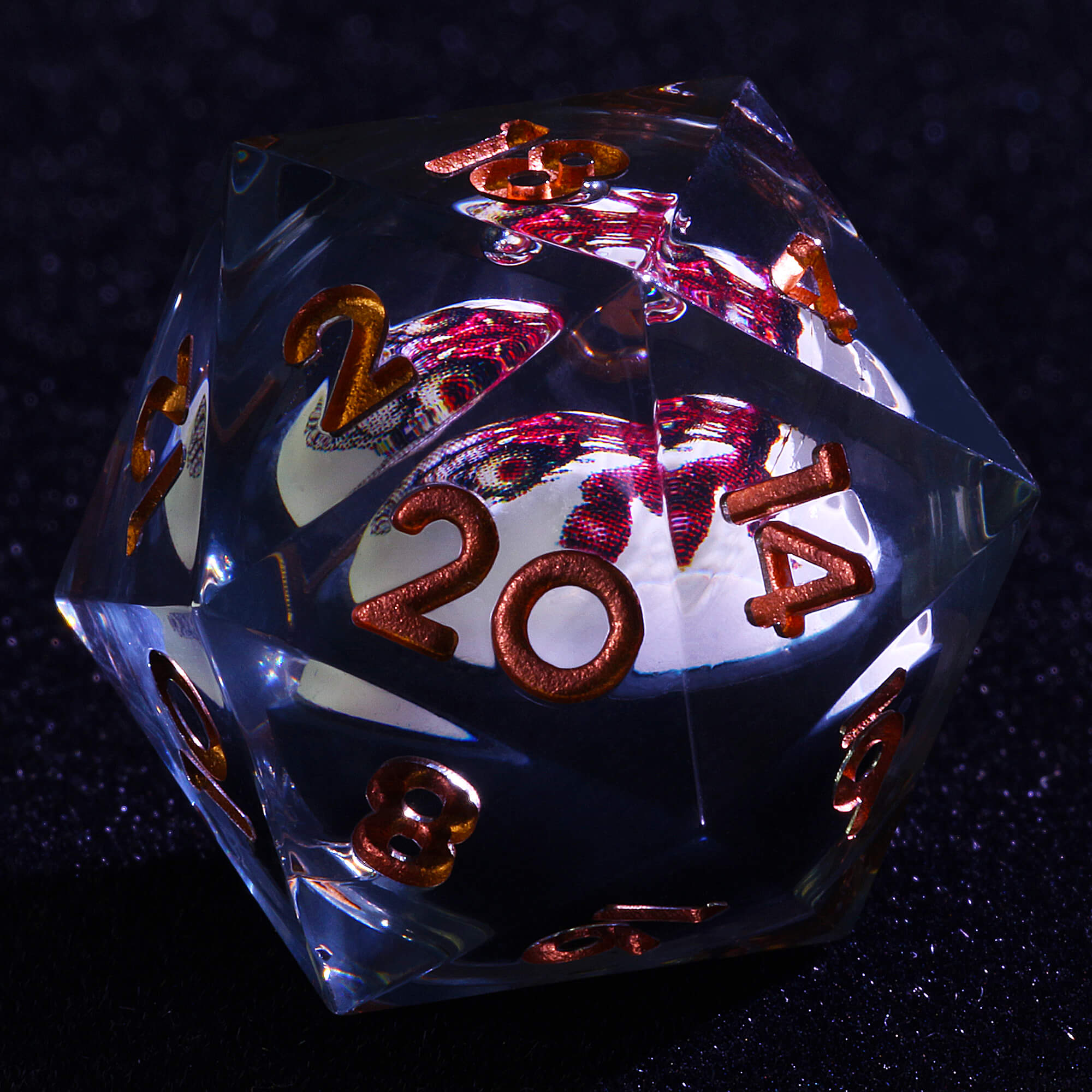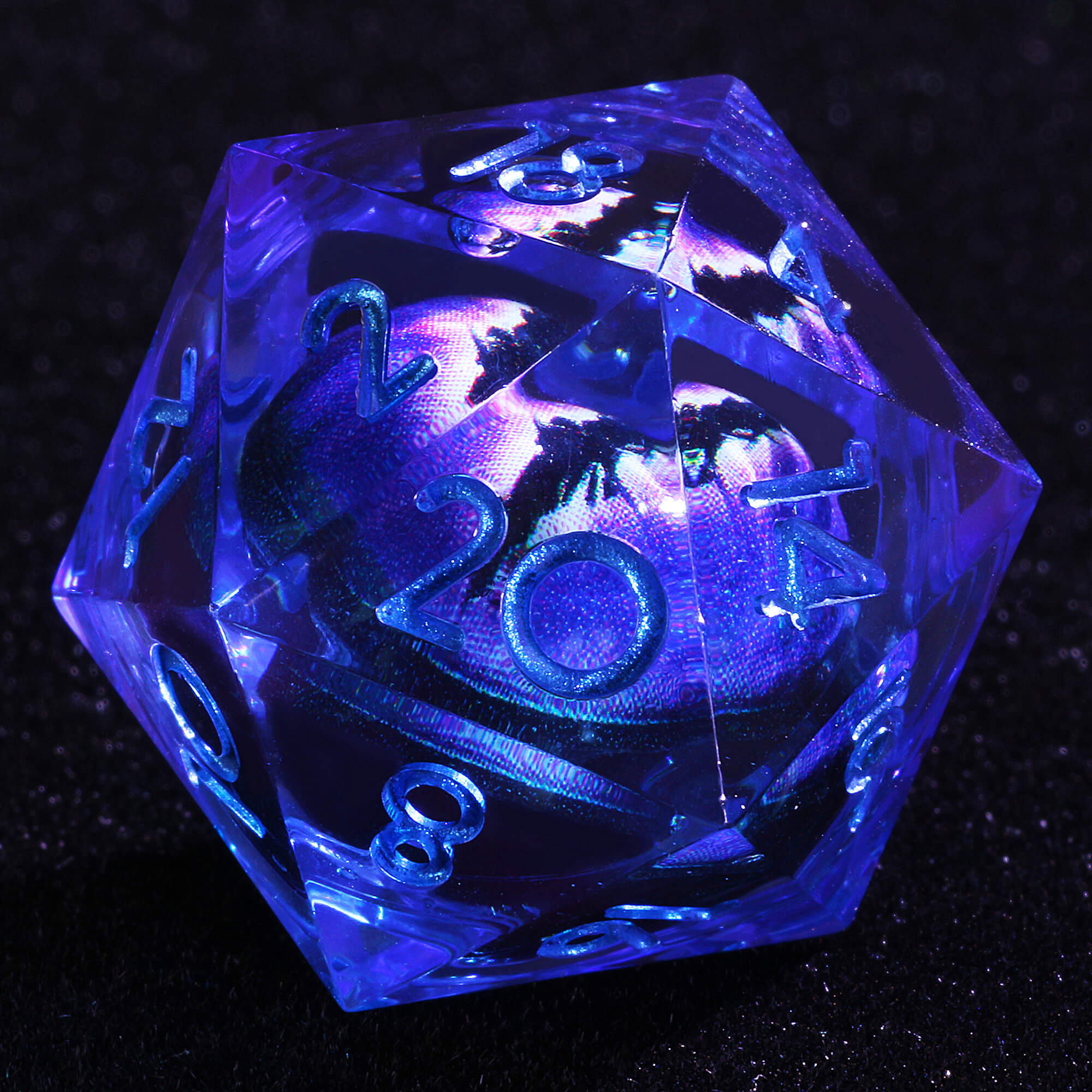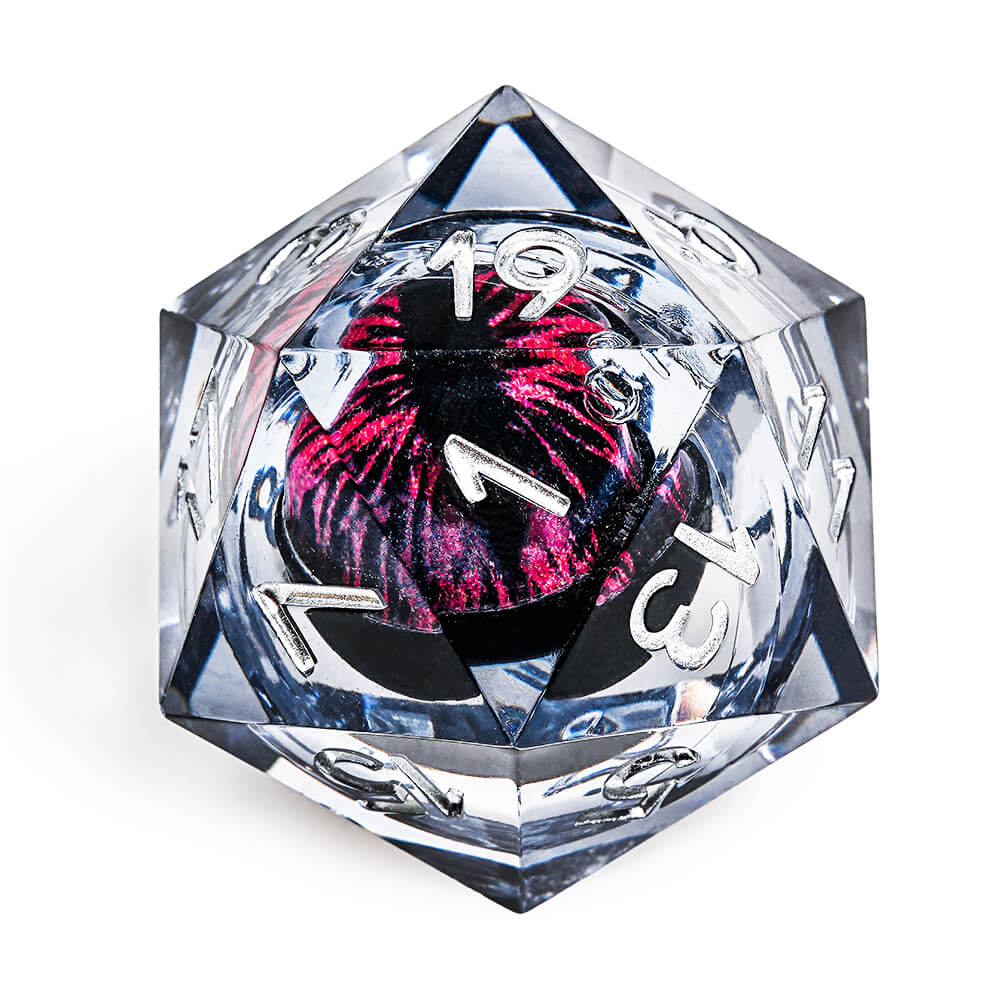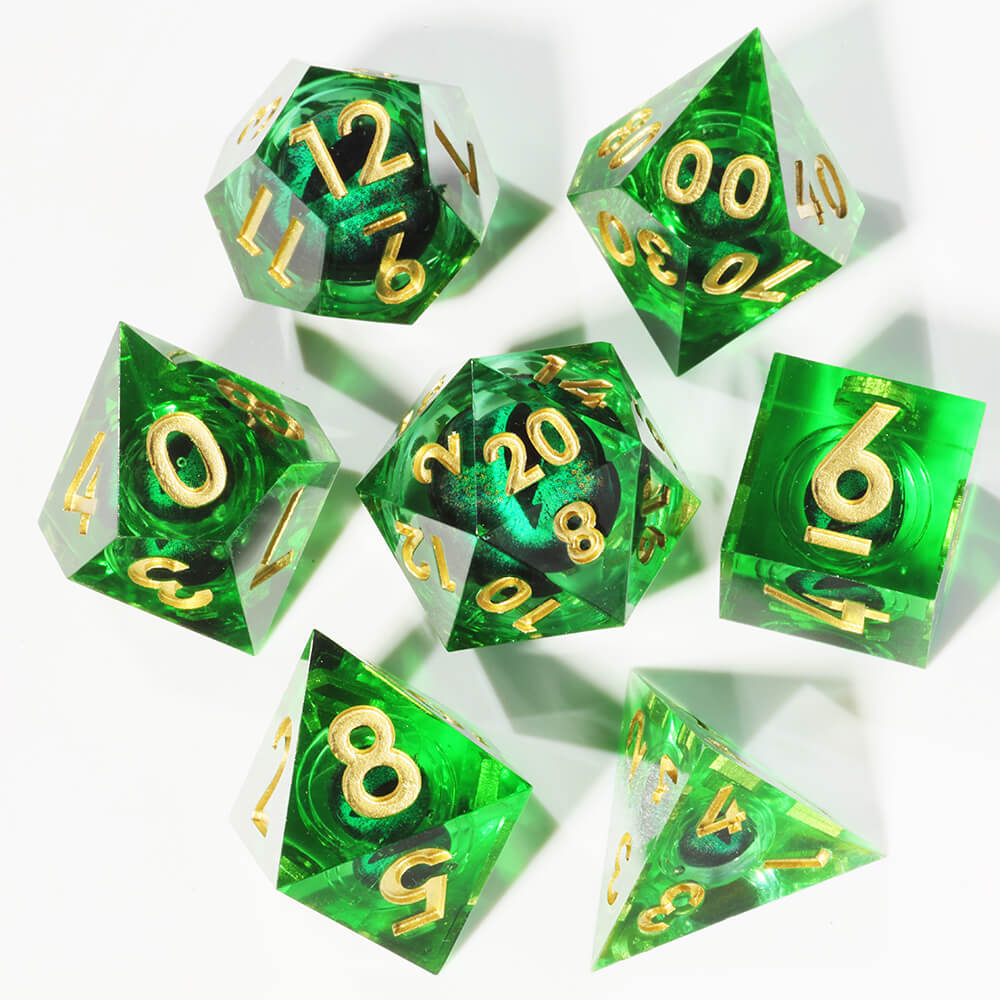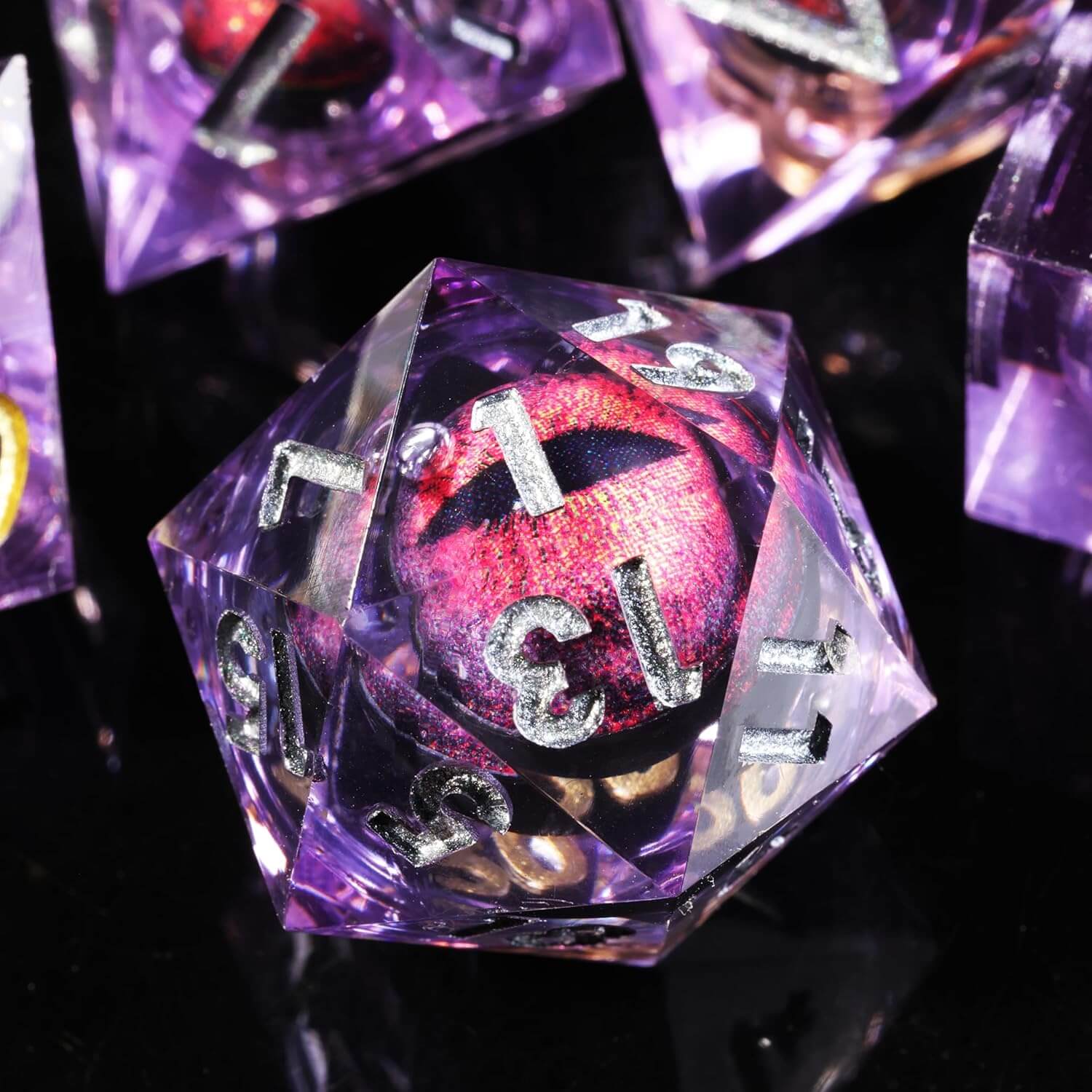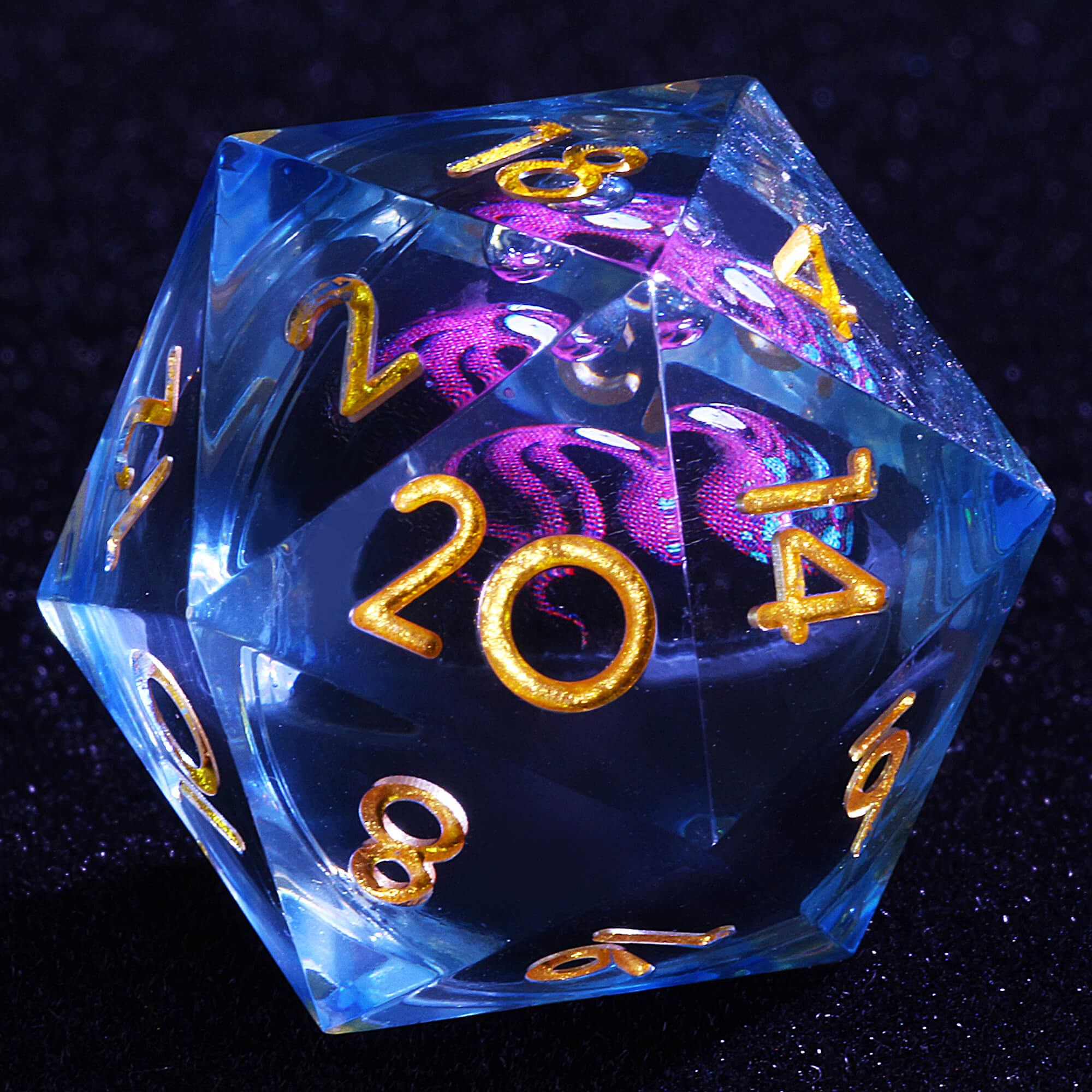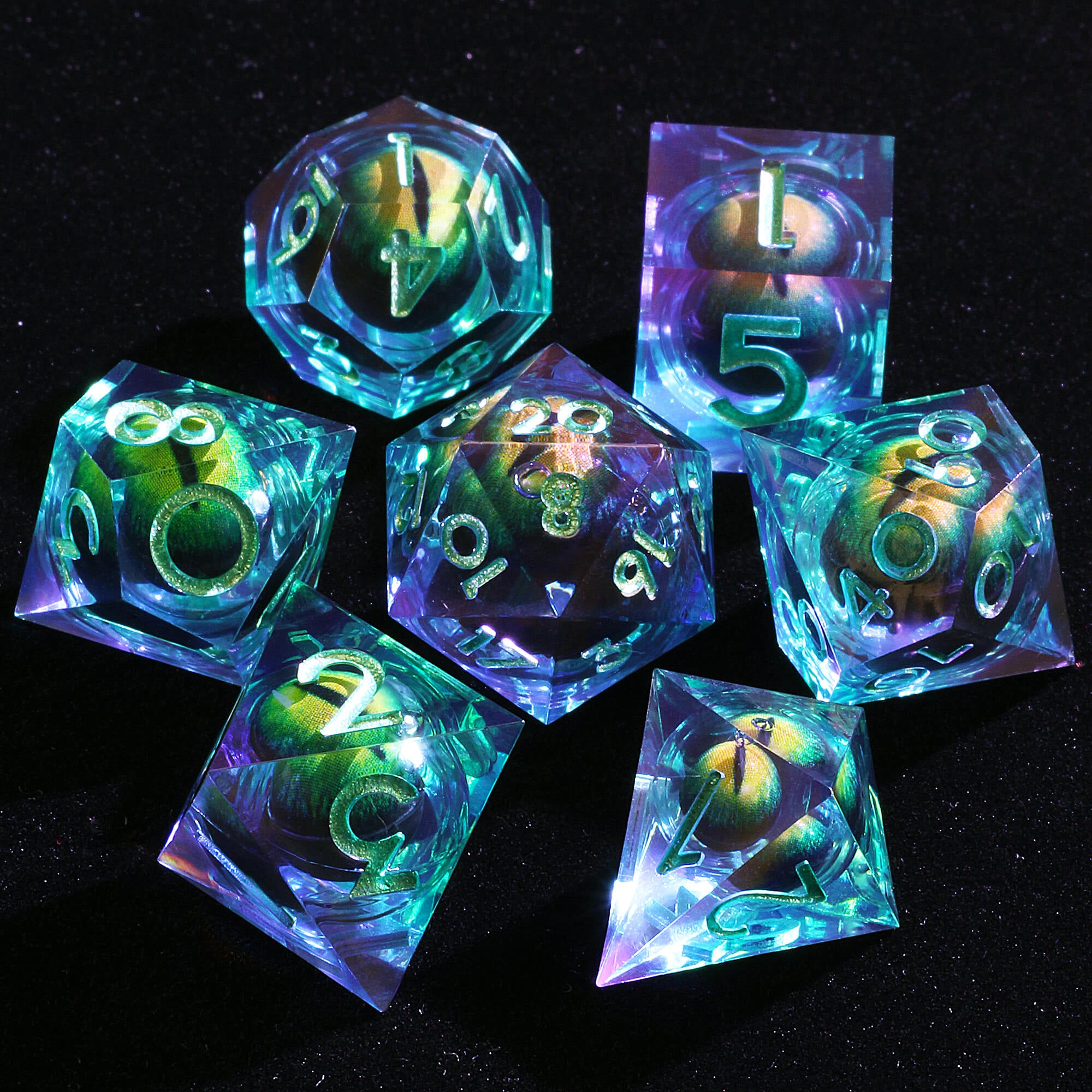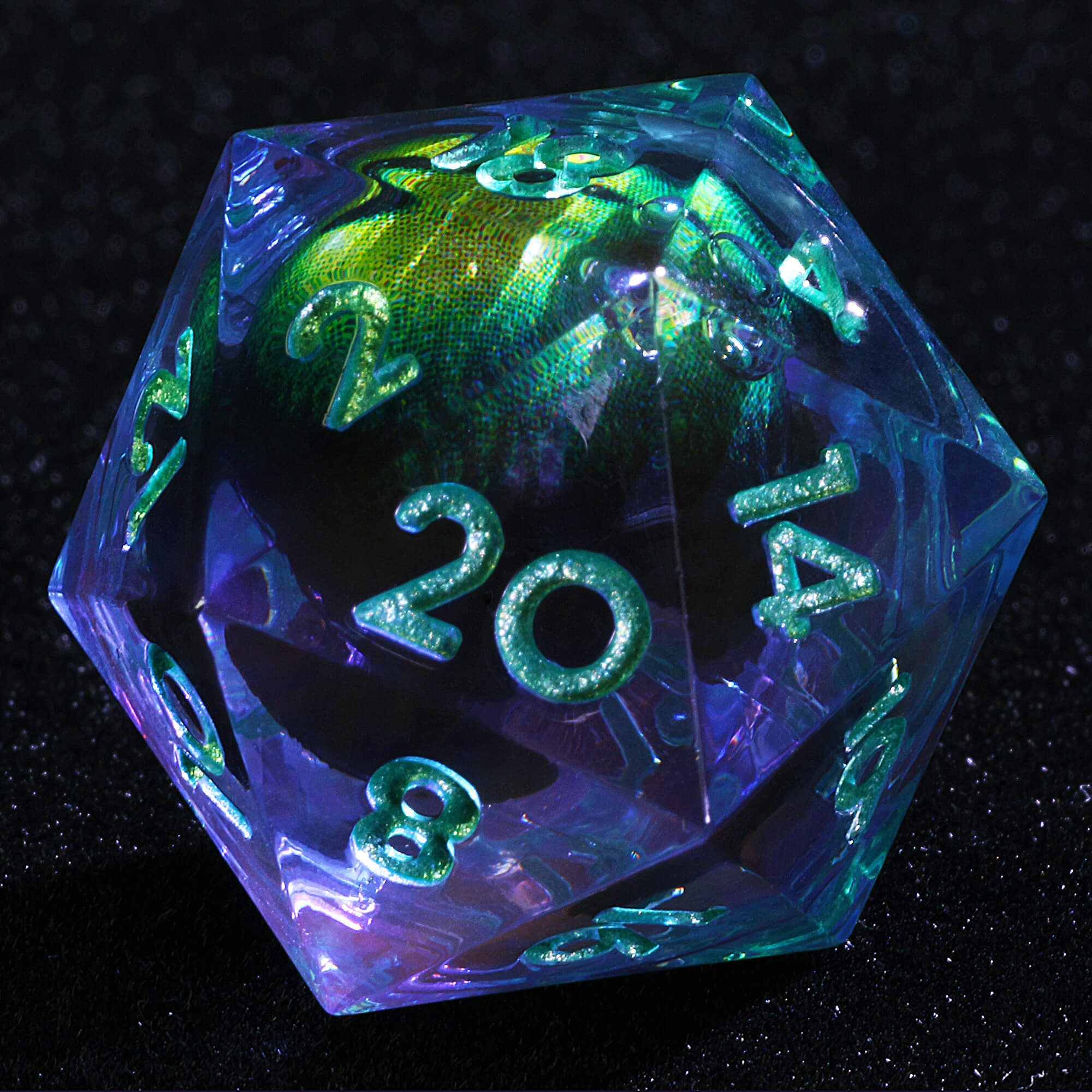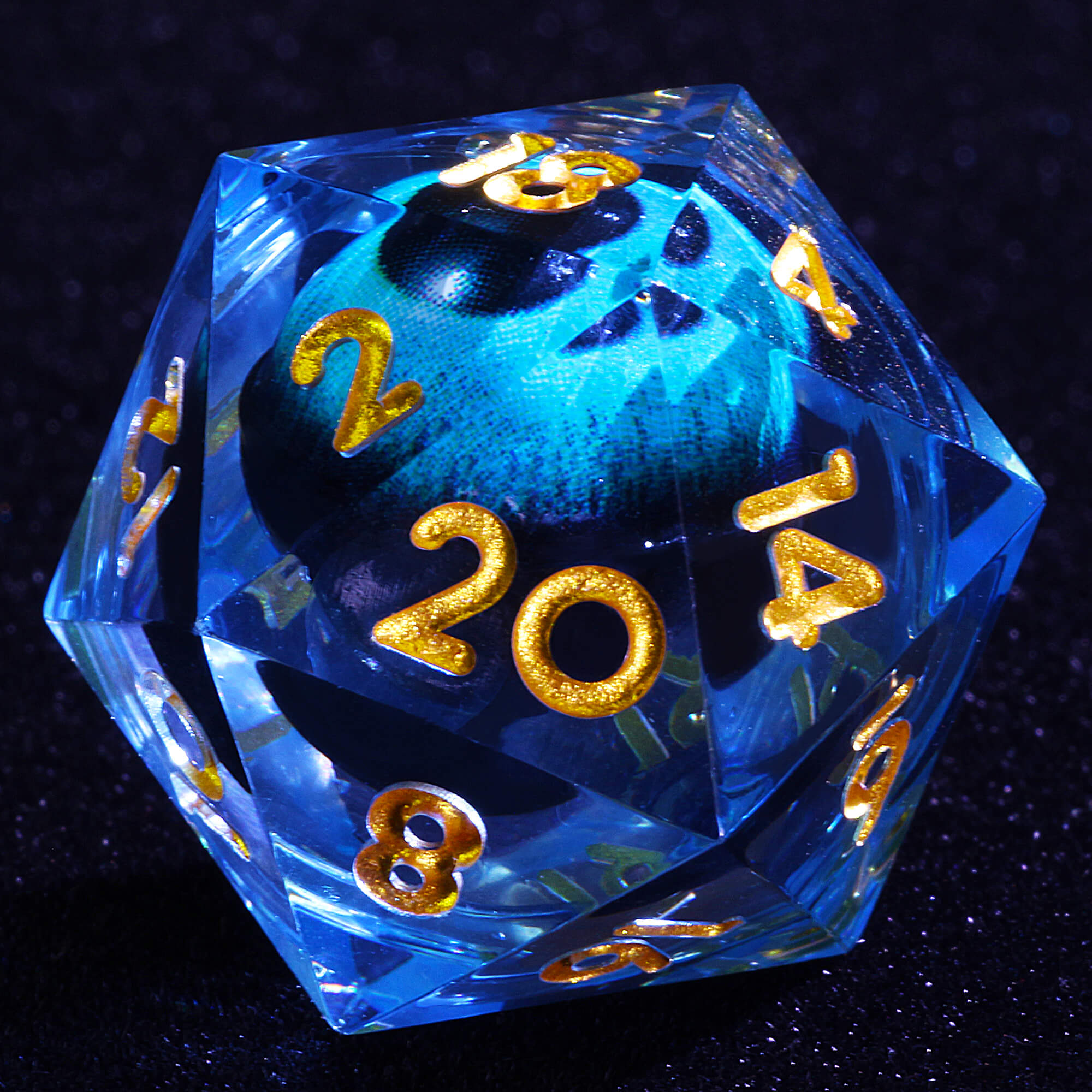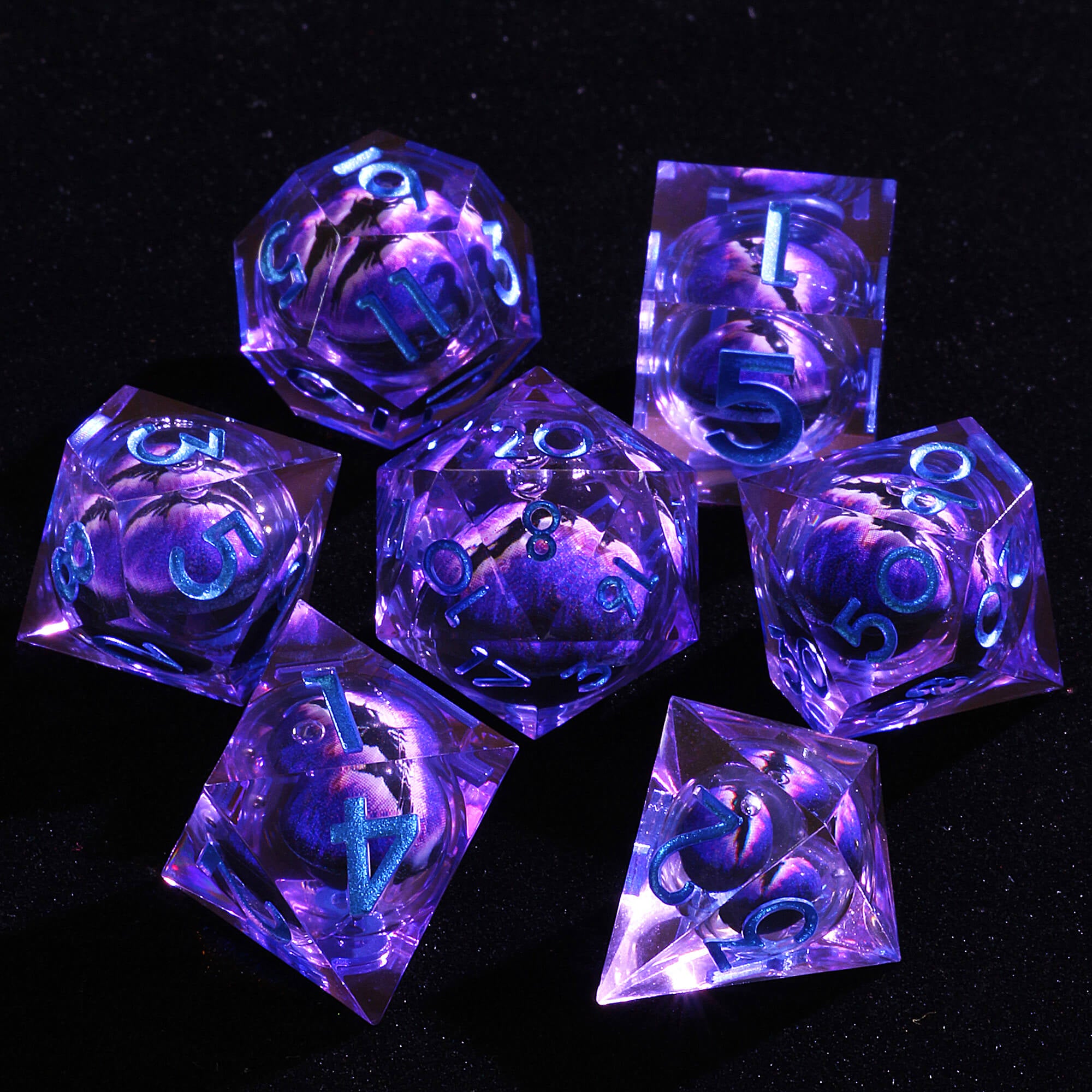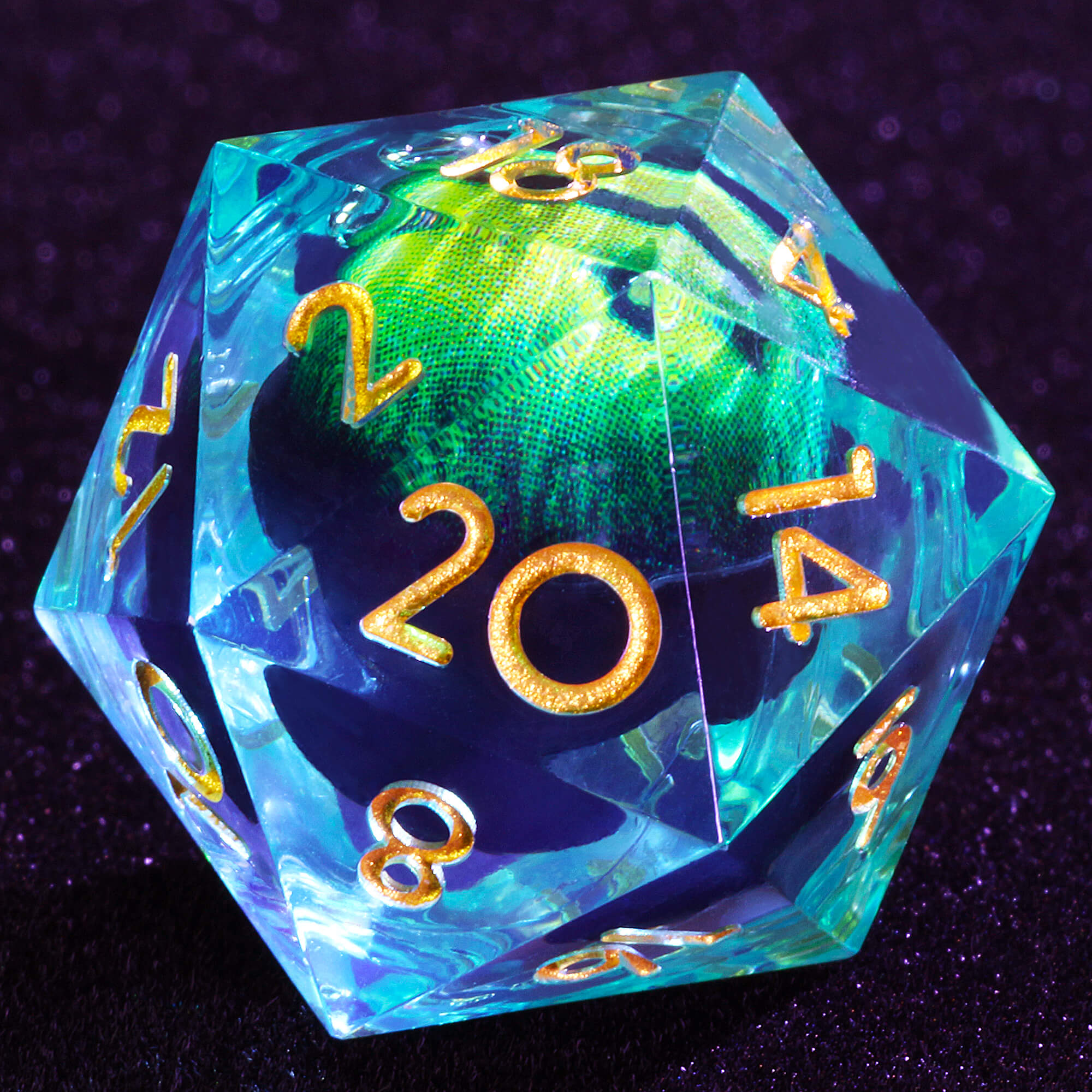The Welsh dragon is one of the national symbols of Wales. It is so prominent in Welsh culture that this mythical creature is featured on their flag! The Welsh are very proud of their flag, and they have good reasons to be as you're about to find out!
In this article, you'll learn all there is to know about the famous Welsh dragon, also known as Y Ddraig Goch (literally "the red dragon" in Welsh).
The Epic Story of the Welsh Dragon
The Battle of the Red Dragon against the White Dragon
Back when the Celts ruled over Britain (before they were driven out of the Kingdom of England to Wales and Cornwall) there was a legend in the book of Mabinogion. According to this legend, a red dragon living in Britain had come into conflict with an invading white dragon.


The two creatures kept fighting and hurting each other in what seemed liked an endless battle. For some reason, the agonizing cries of the red dragon made plants and crops sterile, killed animals, and caused miscarriages in pregnant women.
The Burial of the Dragons
To fix this terrible situation, King Lludd, the British sovereign at the time, went to visit his brother Llefelys in France.
He was advised that in order to stop the constant battles between the dragons, he had to dig a pit big enough to hold the two of them. It had to be placed in the center of Britain. Then he was to line it with mead and cover it with a cloth.
Once the pit was completed, the dragons came to drink the mead as planned. They fell asleep in the pit, wrapped in the cloth which allowed Lludd to imprison them. In the Mabinogion, that story ends here...
The Collapse of the Castle


However, according to the Historia Britonum (another book of British legends), the dragons were still trapped in the pit and ready to cause some more devastation.
One day, King Vortigern decided to build a castle. Little did he know that the place he had chosen was just above the pit where the dragons were buried (at Dinas Emrys).
The castle was built without trouble but on the night after it was finally completed, the walls and foundations collapsed, and no one knew why.
The Miracle Young Boy
Vortigern's advisers told him that the collapse of the castle was a sign that the gods were displeased and that he had to make a sacrifice to appease them. He had to find a child who had no natural father, and sacrifice him. Otherwise disasters would continue to occur until the gods were soothed.
They eventually found the boy and it was revealed to him that he had to be sacrificed. However the child told the counselors that they were wrong. This child, who some believed to be Merlin, told them that if the castle fell, it was because of two dragons that were underneath it.
Intrigued and unwilling to sacrifice the boy, Vortigern decided to dig. As the boy stated, he found the two dragons and decided to set them free. Soon after, the red dragon finally killed the white dragon, putting an end to a battle that lasted over a century...
The boy spoke again with Vortigern and told him that the red dragon symbolized the people over whom Vortigern ruled, while the white dragon represented the Saxons.
Analysis of the Myth
If we assume that Vortigern lived in the fifth century, then his people were actually the British whom the Saxons failed to subdue. The same people that later became the Welsh.
Although all this may seem to be a myth, an excavation of Dinas Emrys in 1945 (the place where the castle was built in the legend) revealed the presence of a fortress dating from the era of Vortigern. So who knows, dragons may be real after all...
A Benevolent Dragon
Most western dragons have been portrayed as malevolent, greedy and/or tyrannical creatures. They often symbolize the dark side of humanity as well as being associated with the Devil. However, the pre-christian Welsh dragon is an exception to the rule.
It was considered as a fierce but benevolent creature that protected the people of Wales. In that regard, he is similar to Asian dragons, such as Chinese dragons.
The Red Dragon (and the Welsh Flag) through History


- The first appearance of the red dragon dates back to the 4th century. British-Roman soldiers carried the red dragon on their banners on their way to Rome.
- It was at the beginning of the 5th century that the Welsh kings of Aberffraw first used the red dragon as their emblem. It represented their authority and power after the Romans left the British isles.
- In 1191 it was used by Richard I (Richard the Lionheart) when he fought in the Third Crusade.
- In 1346, during the famous battle of Crécy, the red dragon was used as a British standard by Edward III. The Welsh archers, in white and green, played a decisive role in the victory against the French.
- In 1415, Henry V used the dragon's standard during the battle against the French, as well as Welsh archers alongside English archers. Henry V won the battle while his son, Henry VI, would become the heir to France.
- The first official use of the Welsh flag probably happened in 1485. It was during the Battle of Bosworth Field, England, where Henry Tudor defeated Richard III. The House of Tudor, which was a Welsh dynasty that ruled in England from 1485 to 1603, used the dragon to assert its direct lineage to a noble Welsh family.
- During the reign of Henry VIII, the famous red dragon on a green and white background became the favorite symbol of the Royal Navy ships.
- From 1606 until the beginning of the 20th century, the red dragon lost its aura and a bit of its fame. It no longer appeared on flags. The reason being that it is in 1606 that the Union Jack (the national flag of the United Kingdom) was created. At that time the United Kingdom was composed of three countries: England, Scotland and Northern Ireland. The Welsh dragon was not incorporated into this flag because Wales was considered part of England, rather than a country in its own right.
- It was not until 1959 that it was again approved as the official national flag of Wales. It is based on an ancestral insignia used by British kings and queens since the Tudors.
The Welsh Dragon Nowadays
Nowadays, the red dragon is enthroned over many Welsh buildings, both public and private.
Thousands of people still cross the English border every two years when the two nations meet for their "historic struggle" on the rugby battlefield: Twickenham. Interestingly, the rugby stadium in Wales is also called the Millennium Stadium.
Welsh men, women and children carry the dragon in their hearts. It symbolizes pride in their history and culture.


